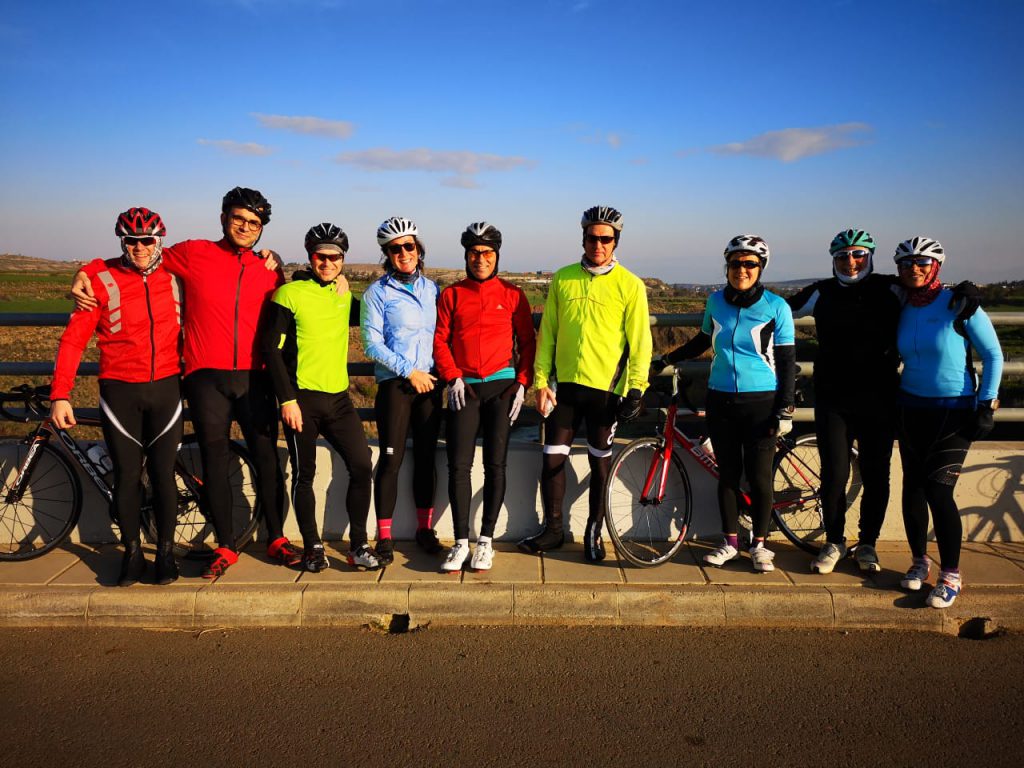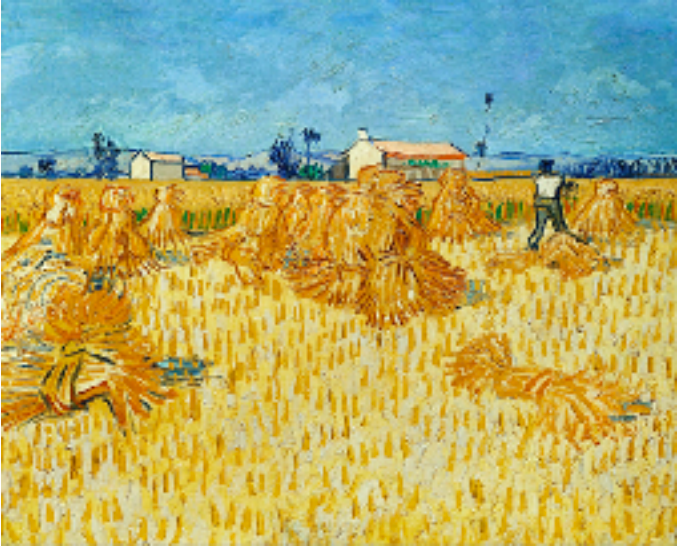Cyprus offers fantastic possibilities for road cyclists and triathletes to enjoy their sports. From long straight stretches to majestic mountains and stunning smooth slopes.
The nature ever changing, displaying its beauty, during these days in May as if riding through a Van Gogh harvest painting.
A great way to have a workout and get a dose of inspiration and creativity, is through going out on the bicycle.
As cyclists, we share the road with other users: pedestrians, cars, trucks, motor-bikes and other cyclists. Under the guidance of Konstantinos Michaelides from Fenistal Imports Ltd (bicycle shop and service in Nicosia, Cyprus) we have collected the best practices and national and international rules, to keep all of us safe, and to have a great experience together on the bicycle, irrespective of whether you are beginner or experienced cyclist.
This document can also be downloaded as a PDF file here.
Aim of this document
This document outlines the cycling safety and communications guidelines as they were shared with Nireas Triathlon Club members by Konstantinos Michaelides on the 29th of May 2019. This document summarizes the session and serve as the safety and communications guidelines for cycling with Triathlon Club Nireas.
The document is divided into the following sections:
- Before the ride/ ride preparation
- During the ride
- After the ride
- Any other relevant information

Before the Ride
Route planning and sharing of route minimum one day in advance.
The person who organizes the cycling session, communicates in Whatsapp and email, inviting the members. This communication includes:
- Time
- Meeting point
- Planned approximate distance and route
- Expected weather conditions (wind, dust, temperature)
- Any group plans before or after cycling/ meeting points
- Members confirm their participation in email or WhatsApp
The email address for all members is: nireas-triathlon-club@googlegroups.com and the Whatsapp group is Sunday Cycling.
TARGET SPEED
If different level of cyclists participate then different speed groups must be formed like 20/25/30 km/hr, to have better implementation of training session according to level of power.
The route can be circular to have interaction between the groups, or faster groups can ride back to reach slower groups and continue the planned route, repeating this every 15-30 minute.
This way, both with circular route and riding back and forth, the faster groups will ride more distance thus reaching their training goal, and at the same time the slower groups can train within the zone according to their capabilities.
TERRAIN
Depending on the season and race proximity, the coach will advise best.
Coaching guidelines and experience to advise on number of kilometers and duration to cycle on any given day.
WEATHER
Always prepare for changing weather, it is prudent to plan ahead but sometimes you can only make the best choice in the morning according to the weather conditions
TRIP LEADER
Always good to have one, could work as TL by rotation between experienced members. The ride should be communicated from TL few days before and be ready to answer questions regarding the training / route
BRIEFING BEFORE DEPARTURE
Explanation of the route, dividing riders into speed groups, meeting point in case of separation from group.
EQUIPMENT CHECK & SPARES
Visual check of bikes, confirmation from riders regarding repair kit
VISIBILITY
(winter/ nighttime/ weather) during winter days front and rear lights must be used
NUTRITION FOR ON THE ROAD
(water, electrolytes, whatever else) depending on duration. Try to eat something every 30 minutes.
CLOTHING
Multi-layer dress code! Use base layer/ jersey/ vest/ waterproof jacket
PROTECTION
NOT ALLOWED TO RIDE WITHOUT A HELMET!!!
EMERGENCY COMMUNICATION
EVERYONE MUST HAVE TL’s MOBILE NUMBER
During the ride
RIDING ALONE
Best to avoid this! If necessary, to train alone, wear high visibility reflective clothing and use front and rear lights during the day and night.
RIDING IN PAIRS, RIDING IN GROUPS
If the group is less than 4 athletes, by law you should ride in single file, one behind the other.
If the group is more than 3, then pairs must be formed, and ride in line, never ride three or more in a row unless there is a security reason to do so like allowing a car to overtake on a narrow street.
DRAFTING, BEING IN EACH OTHER’S WHEEL
5cm to 15cm should be kept from front rider’s wheel to optimize drafting effect. This needs a lot of practice and a beginner should start from 30cm distance and controlling this to be constant, and as the weeks and rides pass, the distance can be dropped down to5-15cm.
LEADING A GROUP AND CHANGING POSITION IN THE GROUP
The rider or pair leading are responsible for the SAFETY of the riders following them.
The leading riders must ALWAYS indicate obstacles on the road surface by pointing towards the location of the obstacle.
If necessary, they should use loud voice to alert the following riders. The leading riders must give hand signals if there is a change in direction, turning or change of lane or a Stop! The following riders must repeat the leading rider’s notice, hand and or voice.
In a case where stop is necessary, a loud voice with the word “STOP” must be repeated by all!
Leading riders must always keep the pace constant and every few hundred meters to look back and check the group.
HOW TO BEHAVE BEGINNERS IN COMBINATION WITH MORE ADVANCED RIDERS
It is best to pair beginners with advanced riders to get advice during rides, it is the best time to give advice! Also, it is the best way to control wrong behavior, mistakes and dangerous actions from inexperienced riders.
COMMUNICATION ON THE ROAD WITH EACH OTHER AND WITH OTHER PARTICIPANTS IN TRAFFIC
Talking to cyclists behind by placing one hand on partner’s shoulder and turning back to look at them. Use the hand to create sound reflection to the back of the group.
TURNING
Hand signal – inside leg position, the leg on the side we are turning is positioned at the highest position of the rotation
If turning right then all cyclists as a group and in pairs move to right section of left lane, use hand signal (ALL OF THEM) and turn when possible ROAD SPACE USAGE Ride within 1/3 of the lane and always in the left side of the lane.
Ride in pairs and never more than two riders in same line.
OVERTAKING
Technical methods apply and they should be used under specific circumstances!
A rider positioned not in the front, must inform the group that needs to change place in the group.
If the rider is on the right side of the pair, should move a meter to the right and accelerate or decelerate.
If positioned on the left side, after all riders behind him / her are notified, the rider decelerates and following riders overtake from the right and move into pairs in front of the decelerating rider.
After everyone have passed, then the rider can move a meter to the right of the right rider of the last pair, accelerate and move to the position he / she desires.
All the above should be done after the TL is notified.
ALWAYS PROCEED WITH THIS IN LONG STRAIGHT LANES TO CONTROL TRAFIC AND AVOID DANGER!
STOPPING
Hand signal and verbal notice, the leading rider/s shout “STOP” and following riders repeat the verbal notice.
We NEVER put our foot on the ground unless the bicycle has come to a complete stop!
After the ride
BIKE AND EQUIPMENT
It is always good to clean the bike, perform visual check and oil the chain after every ride Communication Communicate to your point of contact at home that you are back. Communication
Communicate to your point of contact at home that you are back. Other important aspects
GETTING LOST OR LOSING CONTACT WITH THE MAIN GROUP
The cyclist ho got lost should return to the last place in the route that remembers being with the group.
The TL and leading riders must always have in mind to check if all riders follow.
The mobile number of TL is good to be circulated and used in such occasion
FALLING (AND GETTING UP AND OUT OF THE WAY QUICKLY IF YOU CAN) OR ACCIDENT.
If it is not a serious injury then another rider should stay and help, maybe also replace a tube or fix something on the bike, and the rest of the group should ride for 5 minutes and then turn back to pick up the riders behind.

